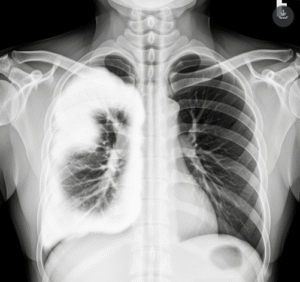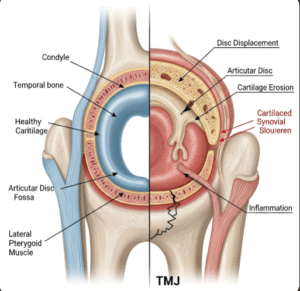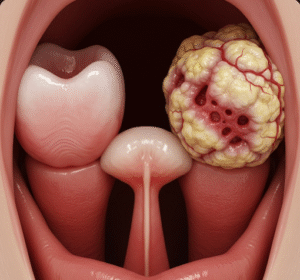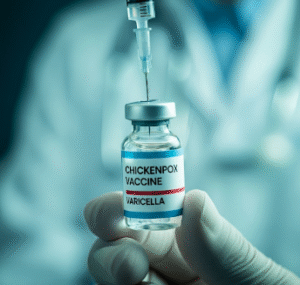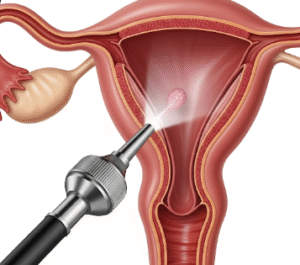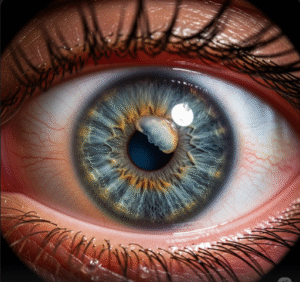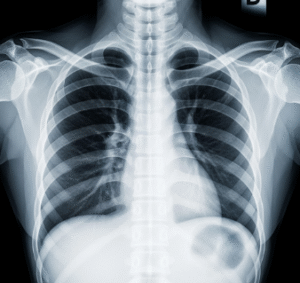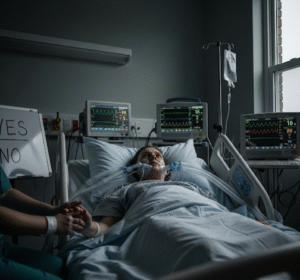➤ Overview
Thunderclap headache is a severe headache that reaches maximal intensity within seconds to minutes, often described as the worst headache of a person’s life. Unlike common migraines or tension headaches, thunderclap headaches are sudden, intense, and potentially life-threatening, frequently signaling serious underlying conditions such as bleeding in the brain, stroke, or vascular abnormalities.
In South Korea, thunderclap headaches are evaluated as a neurological emergency. Hospitals employ advanced imaging, rapid diagnostics, and multidisciplinary care to identify and treat life-threatening causes promptly. Awareness and timely medical attention are crucial to prevent permanent neurological damage or death.
➤ Key Facts
→ Thunderclap headaches reach peak intensity within 60 seconds of onset.
→ They may indicate subarachnoid hemorrhage, cerebral venous thrombosis, reversible cerebral vasoconstriction syndrome (RCVS), or stroke.
→ The pain is often diffuse, excruciating, and unlike any previous headache.
→ Associated symptoms can include nausea, vomiting, neck stiffness, and visual disturbances.
→ In Korea, CT scans, MRI, and lumbar puncture are commonly used to rule out serious causes.
→ Immediate evaluation is essential to reduce morbidity and mortality.
→ Even in cases without a detectable cause (primary thunderclap headache), close monitoring is recommended.
➤ What is a Thunderclap Headache?
Thunderclap headache is defined as a rapid-onset, severe headache, often reaching maximum intensity within seconds to minutes:
→ Sudden and severe onset – Described as explosive or like “a clap of thunder.”
→ Maximal intensity within one minute – Unlike gradual-onset headaches.
→ Peak pain may last minutes to hours – Often associated with nausea or vomiting.
→ Potential life-threatening cause – Can indicate brain hemorrhage or vascular rupture.
→ Primary vs. secondary – Primary thunderclap headache occurs without structural cause; secondary is linked to underlying pathology.
→ Recurring episodes – Can occur in conditions like RCVS, often with repeated sudden headaches over days to weeks.
In Korea, neurologists prioritize rapid identification of secondary causes due to the high risk of serious complications.
➤ What Symptoms are Related to Thunderclap Headaches?
Thunderclap headaches often present with intense neurological and systemic symptoms:
→ Severe, sudden headache → Often described as “exploding” or “worst headache ever.”
→ Nausea and vomiting → Frequently accompany peak pain.
→ Neck stiffness or pain → May indicate subarachnoid hemorrhage.
→ Visual disturbances → Blurred vision, double vision, or temporary vision loss.
→ Sensitivity to light or sound → Photophobia or phonophobia may occur.
→ Loss of consciousness or fainting → In severe or bleeding-related cases.
→ Seizures → Rare, but possible in cerebral vascular events.
→ Weakness or numbness → May indicate stroke or neurological compromise.
➤ What Causes / Possible Causes?
Thunderclap headaches may be primary or secondary, with secondary causes being potentially life-threatening:
→ Subarachnoid hemorrhage (SAH) – Bleeding around the brain due to aneurysm rupture.
→ Intracerebral hemorrhage – Bleeding within the brain tissue.
→ Cerebral venous thrombosis – Blood clots in cerebral veins.
→ Reversible cerebral vasoconstriction syndrome (RCVS) – Sudden constriction of brain arteries.
→ Cervical artery dissection – Tear in the artery wall in the neck.
→ Intracranial hypotension – Low cerebrospinal fluid pressure, sometimes post-lumbar puncture.
→ Severe hypertension – Malignant high blood pressure can trigger sudden headaches.
→ Primary thunderclap headache – Occurs without detectable underlying structural abnormality.
➤ When Should I See My Doctor?
Thunderclap headache is a neurological emergency, and immediate medical attention is required if:
→ Headache reaches maximum intensity within 60 seconds.
→ Associated with nausea, vomiting, or vision changes.
→ Accompanied by neck stiffness, confusion, or fainting.
→ Occurs after trauma or exertion.
→ Recurs repeatedly over days to weeks.
→ Any neurological deficits such as weakness, numbness, or slurred speech appear.
→ In Korea, emergency departments ensure rapid triage, imaging, and specialist consultation for all suspected cases.
➤ Care and Treatment
Treatment of thunderclap headache focuses on identifying the cause and providing targeted therapy:
→ Emergency stabilization – Monitoring vital signs and neurological status.
→ Imaging studies – CT, MRI, or MR angiography to detect bleeding or vascular abnormalities.
→ Lumbar puncture – To identify subarachnoid hemorrhage if imaging is inconclusive.
→ Surgical intervention – Clipping or coiling for aneurysms causing hemorrhage.
→ Medications – Pain management, blood pressure control, and treatment of underlying vascular issues.
→ Supportive care – Bed rest, hydration, and monitoring for neurological changes.
→ Follow-up monitoring – Repeat imaging for RCVS or recurrent cases.
→ Patient education – Recognizing warning signs and avoiding triggers for recurrent headaches.
➤ Treatment Options in Korea
South Korea offers state-of-the-art neurological care for thunderclap headaches:
Diagnosis in Korea
→ Rapid CT or MRI imaging – Detect hemorrhage, thrombosis, or arterial dissection.
→ Lumbar puncture – Identifies subarachnoid blood when imaging is negative.
→ Angiography – Detects aneurysms or vascular abnormalities.
→ Neurological evaluation – Detailed assessment by neurologists and neurosurgeons.
Medical Treatments in Korea
→ Pain management – IV analgesics or anti-migraine medications.
→ Blood pressure management – To prevent secondary bleeding.
→ Anticoagulation or thrombolysis – If cerebral venous thrombosis is diagnosed.
→ Hospitalization and monitoring – For acute episodes and high-risk patients.
Advanced Therapies in Korea
→ Endovascular procedures – Aneurysm coiling or vessel stenting.
→ Surgical clipping – For ruptured or high-risk aneurysms.
→ Multidisciplinary care teams – Neurology, neurosurgery, intensive care, and rehabilitation specialists.
Rehabilitation & Support in Korea
→ Education on early symptom recognition and follow-up care.
→ Management of residual neurological deficits from stroke or hemorrhage.
→ Psychological support for anxiety or trauma related to sudden severe headaches.


